One night on Christmas Eve in 1937, Mr. Norman Banks, a radio announcer at 3KZ, came home from work. As he walked down the road and passed a house, she saw a woman through the window, sitting alone on the sofa, shrouded in candlelight. Listen to the Christmas carols on the radio.
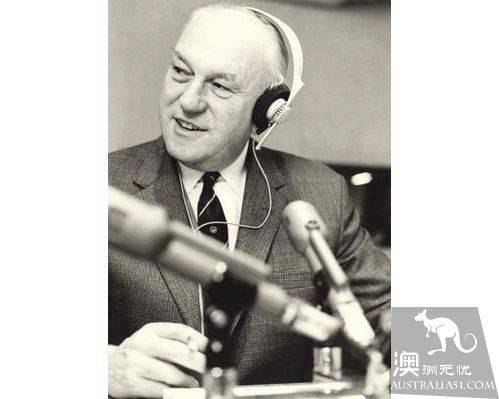
"it's a strange feeling that a person can listen to the radio and enjoy Christmas in candlelight at Christmas. Did you say she was alone? "but I'll never forget the happy expression on that woman's face," Norman Banks said.
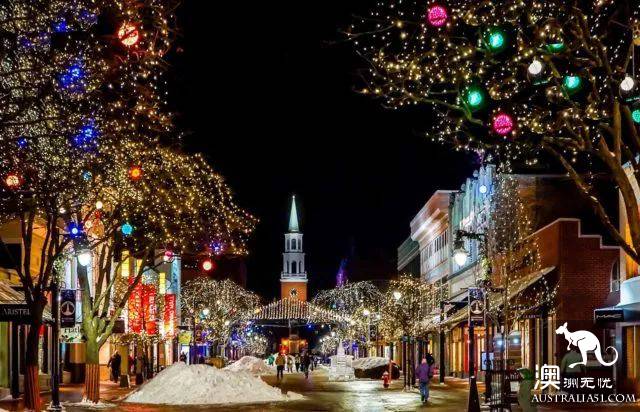
This memorable experience inspired Mr. Norman Banks, who founded his first candlelight carol, (Carols by Candlelight), in 1938 in Melbourne's Alexandra Garden.
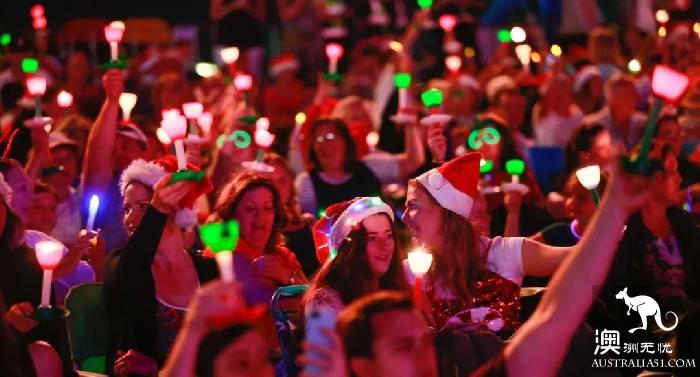
Thousands of families lit candles on the lawn, parents, children, family and friends watching the ballet together, waiting for Santa Claus to appear.
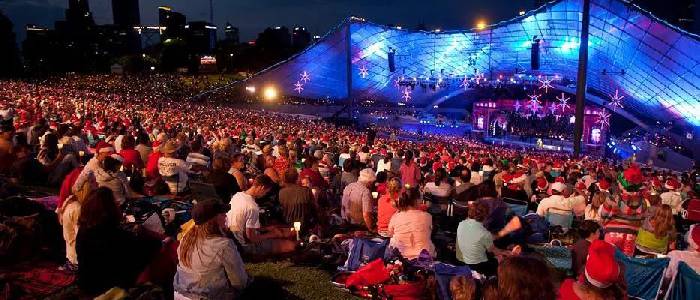
Candlelight carols have been part of Melbourne Christmas since that year. Over the years, people have changed generations, and the start of the event has moved to Sydney, but to this day it is still a unique way for Australians to celebrate Christmas.
In fact, the purpose of the event was not just to celebrate Christmas, but also to raise funds for the care and education of blind or low-vision children in Australia, at the time known as the Royal Victorian College of the Blind (Vision Australia ().
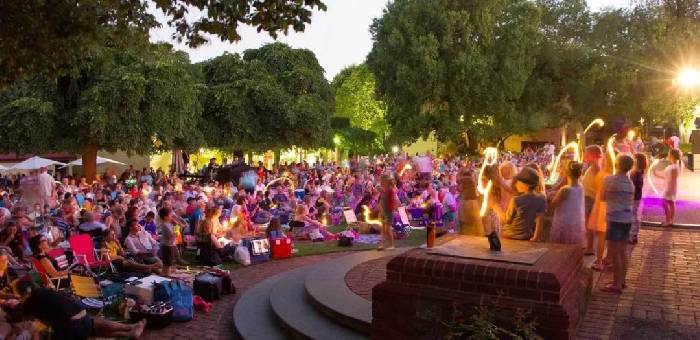
By 1950, Australia had just passed the Great Depression and World War II, Melbourne again celebrated Christmas with a grand candlelight carol, and people confidently prepared for the second half of the 20th century.
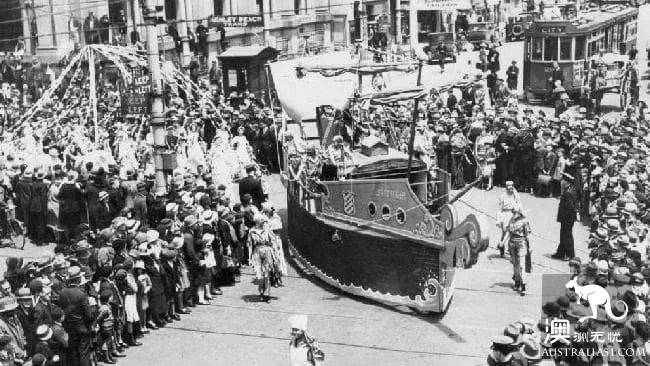
At that time, the horror of World War II was over, and Melbourne began to prosper after the war. Baby boomers are beginning to spread across Australia, with Australians looking forward to their cities appearing on the international stage, and Christmas shows unprecedented prosperity and excitement.
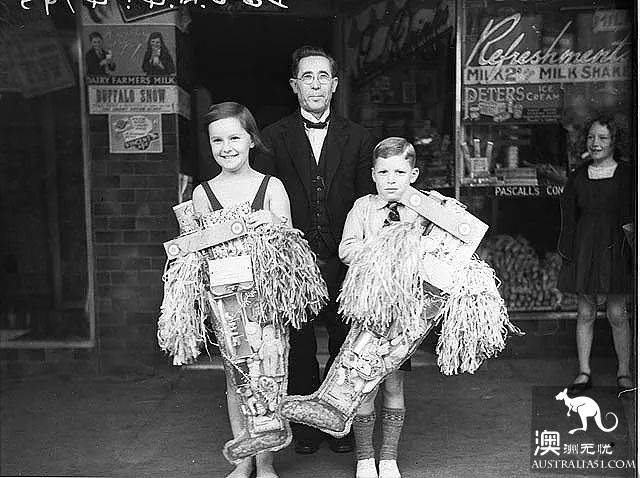
In addition to art activities and performances, shopping is always the way Australians like to celebrate Christmas. In 1950, Melbourne's Bourke St appeared in a number of big department stores, as busy as it is now.
The statue of Santa Claus, which hung outside the Foy mall building, was the most famous symbol of the year, wearing a red coat and a thick white beard, facing Melbourne's busiest crossroads and attracting countless people.
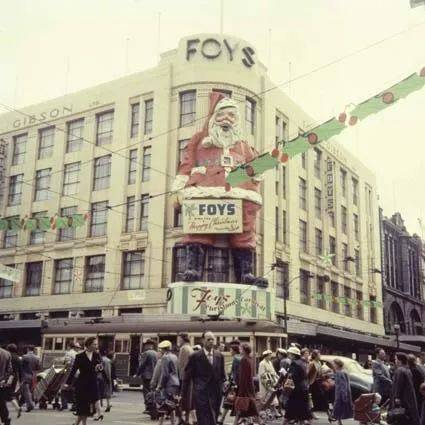
In the late World War II, Foy also began hosting Christmas carnivals on the roof of shops, with recreational facilities, ponies, zoos, etc., popular with families.
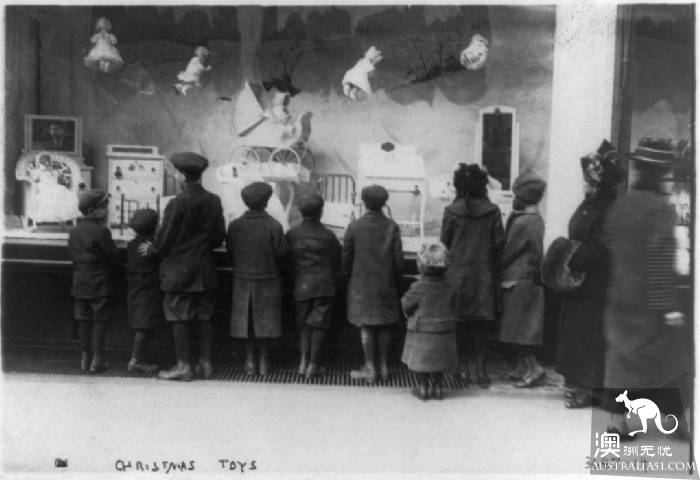
At the other end of Bourke St Street is the existence of Myer,Myer not only holding Christmas carnivals on the streets, but also launching a Christmas attraction since 1956, which has also evolved into a tradition of events inherited from Melbourne.
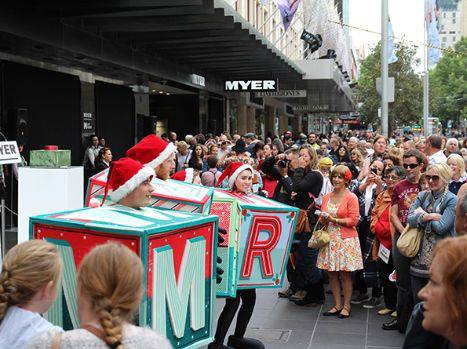
The beautiful window decoration can be said to be a Christmas present from Myer to Melbourne. November 1956, during the Olympic Games, saw Myer's first Christmas window and Australia's first Christmas theme window officially unveiled. In addition to Santa Claus, there are prominent Olympic themes, presented in the form of a television screen. This is because in order to broadcast the 1956 Olympic Games, the television program was first broadcast in Melbourne.
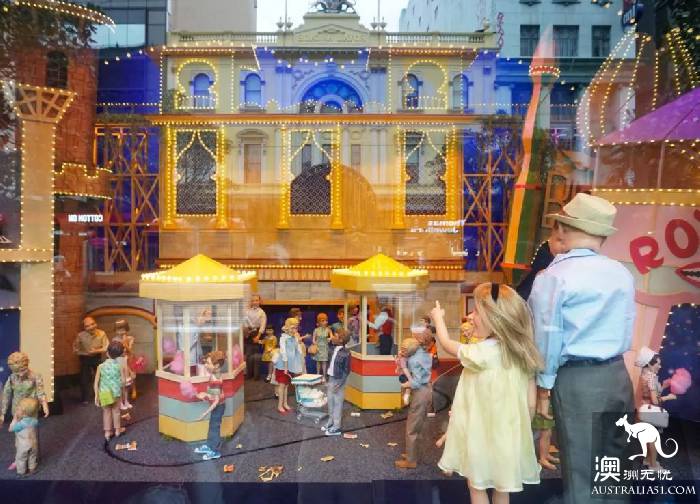
Around Virginia in 1950, the main streets of suburbs and towns were decorated with simple and lively Christmas flags, and in some places there were light shows, with colored light bulbs hanging on the streets, strung together in serrated patterns. Christmas lights may have been much worse than the lights on Melbourne's streets today, but these warm Christmas lights have become a warm memory for generations in Melbourne.

Christmas, 1958, also happened to the older generation of Melbourne's unique event, Australia's first "skyscraper" was officially completed in Melbourne, the height of 81 meters. At that time, The Age's old newspaper had a picture of the shrinking city in terms of our tallest office building.
This 19-story building was then called ICI House, and now it's called Orica House.. The appearance of the all-glass curtain, the modern elevator facilities, and the air-conditioning of the entire building were the epoch-making signs of the time.
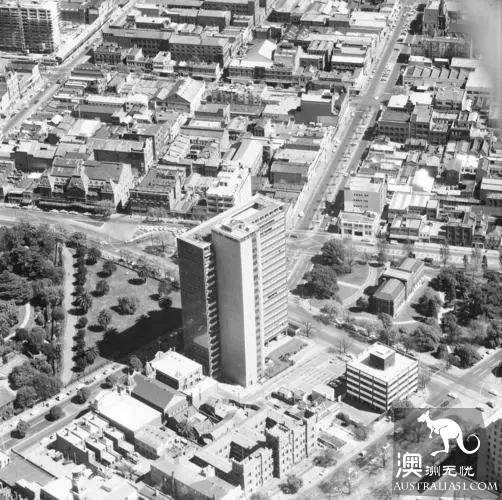
Although there are many high-rise buildings in Melbourne today, this building will inevitably lose color. But for Melbourne people of that time, the joy and expectation of seeing this behemoth all of a sudden is self-evident. Australians at the time believed that the building was a Christmas present for all Australians.
The children had grown up, perhaps holding their grandchildren where they had gone, Australia's Christmas still had a warm summer, celebrations were still busy and noisy, shopping malls more and more people.

But hope that Christmas in Australia, as before, has passed on the best of human Christmas spirit, that is to give love, care for each other, spread hope and light.
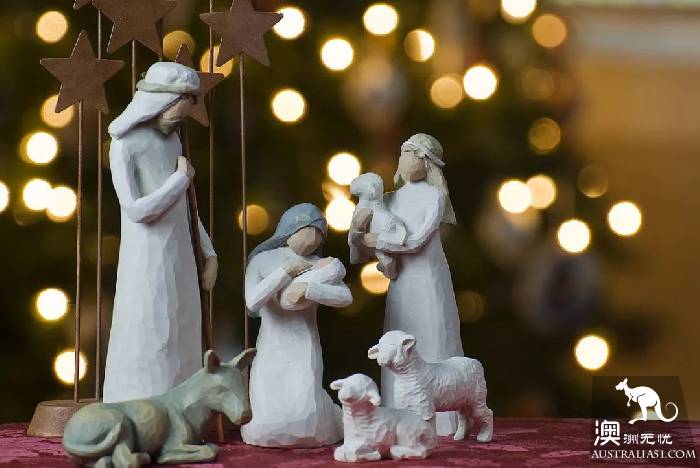
Hope that children, including adults, have always believed that keeping good and good will be guarded and blessed by God.